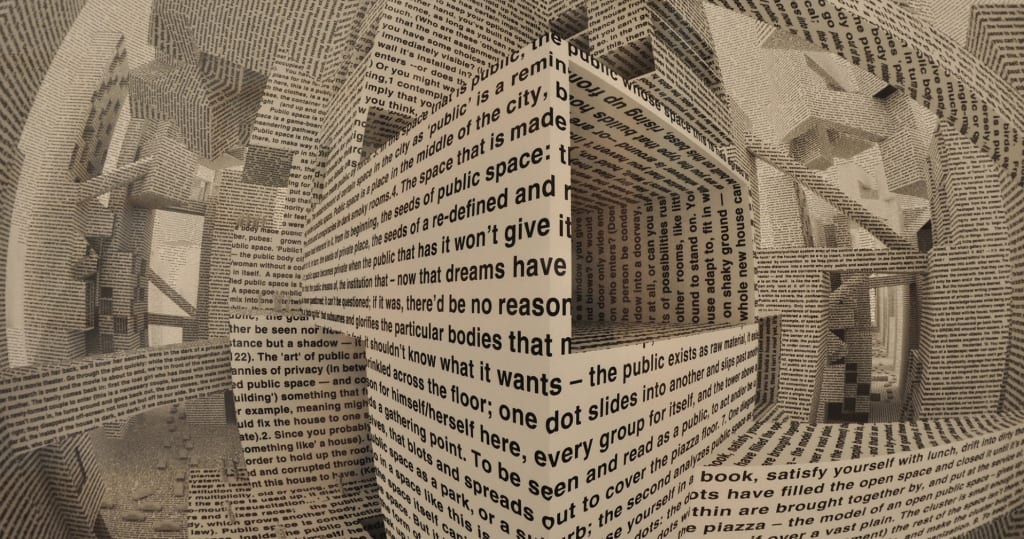Try out WriteStories free for 7 days!



.svg)
Back to blog
Blog
Writing Without Barriers: How WriteStories Supports Neurodivergent Learners

Category
General
Date
October 3, 2025
Reading time
6 min read
Author

Bob Wood
Every child deserves the chance to see themselves as a writer. For many neurodivergent students—children with ADHD, autism spectrum disorder, dyslexia, or other learning differences—the path to writing can feel especially steep. Traditional assignments often focus on rigid formats, spelling drills, or blank-page prompts that can create frustration instead of inspiration. At Scriptive, we believe these barriers shouldn’t define a child’s relationship with writing. That’s why WriteStories was designed with inclusivity at its heart.
Why Writing Can Be Challenging for Neurodivergent Students
Research shows that neurodivergent learners often excel in areas like visual thinking, pattern recognition, or creative problem-solving, but struggle with traditional linear writing tasks. For example:
- Blank-page anxiety: Staring at an empty page can overwhelm a child with ADHD or dysgraphia.
- Executive functioning challenges: Organizing ideas into paragraphs and sticking to conventions can be harder for neurodivergent students.
- Sensory and cognitive load: For students on the autism spectrum, balancing multiple writing expectations at once can create overload.
A 2020 study in Frontiers in Psychology emphasized that scaffolding—breaking tasks into manageable steps with built-in supports—can significantly improve learning outcomes for neurodivergent children. That principle is central to WriteStories.
How WriteStories Creates an Accessible Path to Writing
WriteStories provides an illustration-first, structured approach that reduces cognitive load while maximizing creativity. Here’s how:
- Visual scaffolding: Instead of a blank page, children see a sequence of illustrations from a story. The pictures serve as prompts, guiding imagination while relieving the pressure of “what should I write?”
- Self-paced engagement: Children can move through the story at their own speed. This flexibility is especially valuable for students who may need breaks or who benefit from revisiting earlier pages.
- Low-pressure environment: There’s no “right” answer. Students write what they imagine is happening in the story, making the experience more about expression than perfection.
- Confidence building: By completing a story alongside professional illustrations, children can feel proud of a finished product—an e-book that combines their words with vibrant artwork.
A Dedication to Neurodivergent Learners
At Scriptive, we’re committed to making literacy tools that serve all children, not just those who thrive in traditional settings. WriteStories was intentionally designed to support diverse learners, including neurodivergent students who often feel left behind by standard approaches. We believe writing should be an invitation, not an obstacle.
Practical Tips for Parents and Teachers
If you’re supporting a neurodivergent child in writing, here are a few strategies you can pair with WriteStories or use on your own:
- Chunk the task: Break writing into small steps—one page or even one sentence at a time.
- Celebrate creativity first: Focus on the child’s ideas before correcting mechanics like spelling or punctuation.
- Allow choice: Give children the freedom to decide how detailed their writing will be. Choice fosters ownership.
- Use multi-sensory cues: Pairing writing with visuals, as WriteStories does, helps ideas flow more naturally.
Looking Ahead
The conversation around neurodiversity in education is growing. Schools, parents, and innovators are increasingly recognizing that one-size-fits-all approaches don’t work. As part of this movement, WriteStories offers a simple but powerful way to give neurodivergent students access to joyful, confidence-building writing experiences.
Because at the end of the day, every child deserves to discover the power of their own voice.








